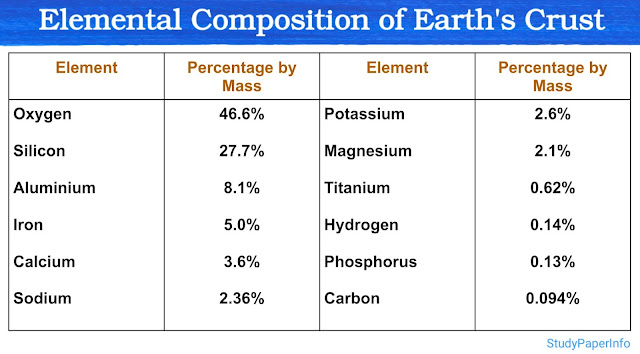Why are autosomal monosomies not recovered in live-born individuals?
In normal human cells, there are 46 chromosomes, arranged in 23 pairs. Out of these, 22 pairs are autosomes (non-sex chromosomes) and 1 pair is sex chromosomes (XX in females and XY in males). A monosomy means that one chromosome from a pair is missing, so only one copy is present instead of two. When this happens to a sex chromosome, sometimes the individual can survive (like in Turner syndrome where one X chromosome is missing). But when this happens to an autosome, it is called autosomal monosomy and this condition is almost always fatal. Such embryos usually do not survive and result in early miscarriage, which is why autosomal monosomies are not seen in live-born individuals.
There are the following main reasons why autosomal monosomies are not recovered in live births:
1. Severe gene dosage imbalance
Each autosome contains many essential genes. Normally, both copies of each gene help maintain a balance in the amount of proteins and enzymes made by the cell. In autosomal monosomy, half of the gene dosage is lost, which creates a serious imbalance in the cell’s normal functions. This imbalance affects growth, development, and survival, and is too severe for the embryo to survive.
2. Lack of genetic compensation
In the case of sex chromosome monosomy (like XO in Turner syndrome), the body can compensate to some extent because of X-chromosome inactivation and the fact that males normally have only one X chromosome. But autosomes do not have any such inactivation mechanism. There is no natural process to compensate for the missing gene products from the absent autosome, making survival nearly impossible.
3. Disruption of critical developmental pathways
Many important genes required for early stages of development are located on autosomes. If one whole chromosome is missing, these pathways get disturbed very early in the embryo's life. Most autosomal monosomies cause developmental arrest or miscarriage during the first few weeks of pregnancy.
4. Expression of harmful recessive alleles
Normally, if one gene has a harmful mutation, the other copy can protect the body. But in monosomy, only one gene copy is present, so any harmful mutation in that copy will be fully expressed, which may result in lethal conditions.
Because of all these reasons, complete autosomal monosomies are incompatible with life and are almost never found in live-born babies. The only exception observed occasionally is mosaic monosomy, where only some cells are monosomic while others remain normal, but even that is extremely rare and often associated with severe abnormalities.


Comments
Post a Comment